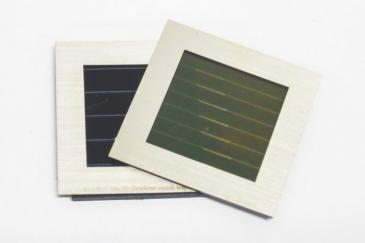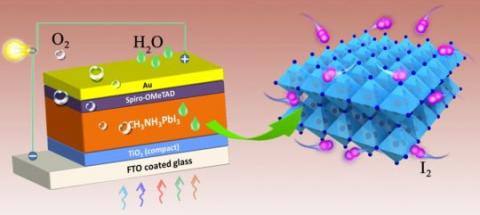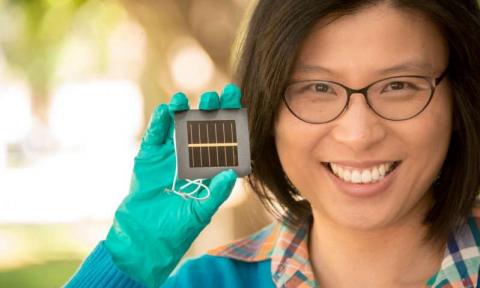The best of 2016 - top perovskite stories
2016 is soon over - and it was another exciting year for the perovskite industry. Researchers continue to innovate and develop more efficient solar panels, and it seems that commercialization of perovskite solar panels is approaching.
Here are the top 10 stories posted on Perovskite-Info in 2016, ranked by popularity (i.e. how many people read the story):
- Breakthrough reproducibility achieved for perovskite solar cells (Mar 21)
- Perovskite-silicon tandem solar cells reach 25.5% efficiency (Apr 13)
- Semi-transparent perovskite PV modules created by imec (Jun 1)
- EPFL team creates low-cost hole-transport material that improves efficiency of perovskite solar cells (Jan 20)
- A new electron transport layer increase power conversion efficiency in perovskite solar cells (Jan 5)
- Flexible perovskite-perovskite solar cells reach 21.7% efficiency (Nov 9)
- Dyesol gets ready to launch a Major Area Demonstration Prototype for its perovskite PV technology (Feb 8)
- Spray-on perovskite solar cells close to commercialization (Aug 7)
- Water-resistant perovskite solar cell maintains efficiency (Jan 25)
- Graphene-perovskite solar cells exceed 18% efficiency (Oct 5)






